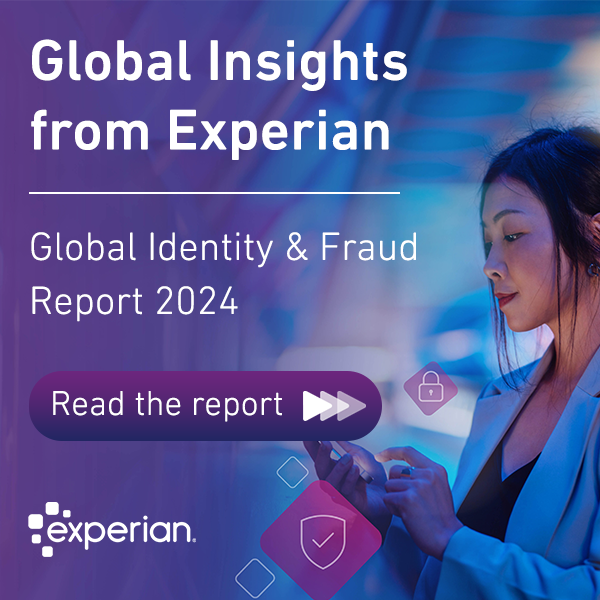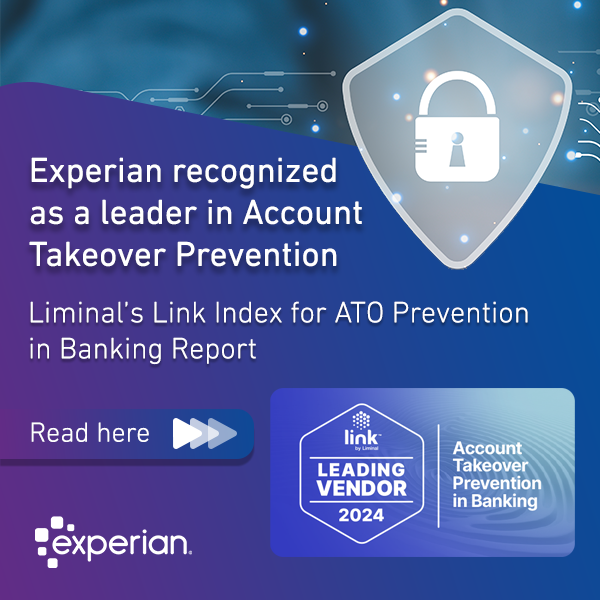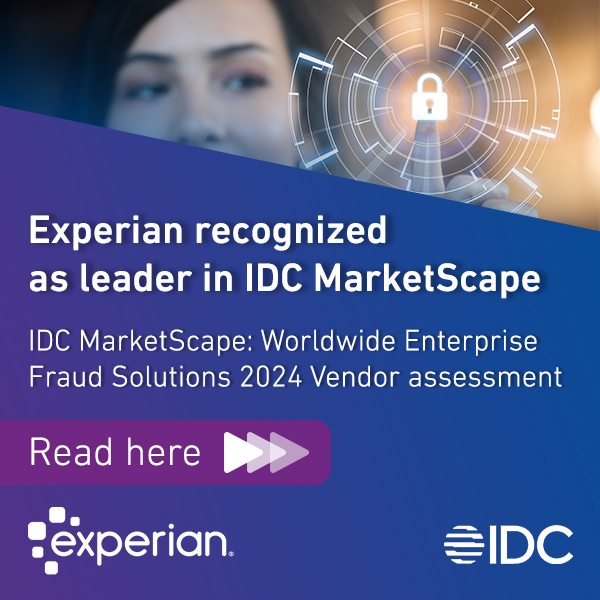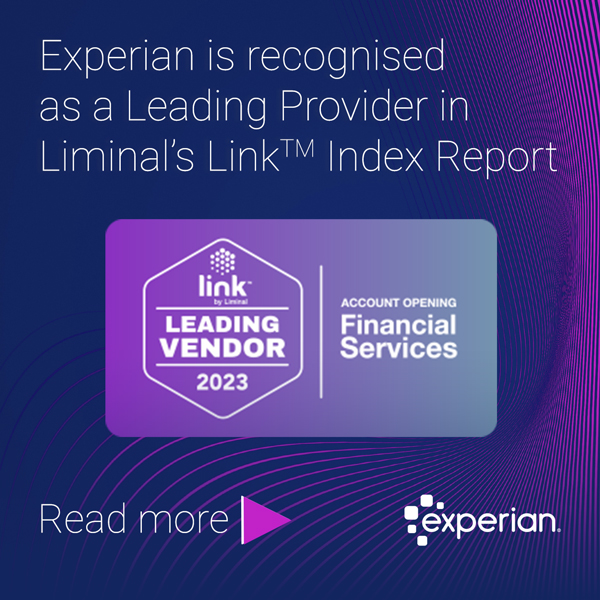Monthly Archives: February 2021

If the past year revealed the rising demand for everything digital—it also highlighted key aspects of the online customer journey that organizations have neglected. Until now, most companies have prioritized their digital investments around the revenue-generating aspects of the customer experience. Online account onboarding, e-commerce, and credit lending are prime examples. However, when consumers require different outcomes such as payment support, the interactions are often still handled by call centers. We saw the consequences of this play out during the pandemic. As stay-at-home orders left call centers closed or understaffed, customers who needed help found themselves spending hours on the phone—or worse, were left without guidance. This digital disconnect may be common, but hopefully not for long. Forward-looking companies are creating end-to-end digital customer experiences that benefit customers and the business. From improved customer LTV (Life Time Value) to cost savings, the results reveal that prioritizing customers at every turn pays. The future of digital experiences revealed The last year yielded many insights into how, why, and when customers engage with a business digitally. Faced with few options, customers turned to online resources in droves. And unlike years past, when younger generations have driven digital adoption, the crisis forced customers of all ages to engage with businesses online. Around the world, companies rose to the challenge. According to Experian research, nine out of 10 businesses currently have a strategy for serving their digital customers, with 47% implementing their strategies since Covid-19 began. The rapid shift to digital uncovered opportunities to reach new markets. For example, online grocer Instacart™ launched support services specifically for seniors interested in grocery delivery. However, the sudden spike in consumer demand for engaging with businesses online also revealed significant gaps in the digital customer journey. Consider that only one in four consumers report that they can get help when they need it from a customer representative while online. We saw this play out in real-time after a global bank reached out because it needed a digital solution for payment support. The company had traditionally routed customers to a call center for help. But during the crisis, it was overwhelmed by demand. While working with this bank on a self-serve solution that enabled customers to address their payment concerns online, the experience revealed something important about the future of digital experiences: Regardless of where they are in their journey, customers expect—and deserve—the same experience. True digital yields a true value Investing in a seamless digital customer journey is a long game, but it's one that can pay off exponentially. As we’ve seen, organizations have prioritized digital investment that brings in near-term revenue. These include mobile capabilities that increase customer conversions or personalized offerings that boost the average spend. And make no mistake, digital solutions that meet these needs are essential. But the customer who applies for a vacation loan may be the same one who later needs a payment holiday. Meeting these needs digitally, no matter what they are, engenders deep loyalty. Companies that support their customers during downtimes will gain customers for life and reap the benefits when those individuals are inevitably back on their feet again. The happy result is not only increased financial stability for customers but also improved advocacy scores and customer lifetime value. Additionally, an end-to-end digital customer experience can yield unexpected cost savings. For instance, an organization we recently worked with was spending an average of $35 per customer interaction. Their customers accessed customer service representatives via many independent channels, incurring costs each time they connected. We provided them with a multi-channel digital solution that reduced the cost to between $5 and $7 that allowed several interactions and provided consistent experience in the process. In the end, the company was able to deliver better service at a much lower cost point. From here to there The goal of building an end-to-end digital experience is a worthy one, and there are a few components of a forward-looking digital strategy that will help ensure success. First, companies need to create systems and cultures that allow them to respond to changing customer demands. No one predicted that a pandemic would rapidly accelerate our digital shift. But the companies improved their digital capabilities to meet the need came out ahead. Also, while customers experience the technology's front-end, orchestrating and supporting that journey across a range of consumer touchpoints driven by different events is equally as important. Implementing decisioning tools that leverage data across systems allows you to create advanced analytical models that predict customer behavior, potential problems, and more. Organizations can then make decisions in real-time to support customers and the business when they need help, be it a global pandemic or an environmental event. Lastly, taking advantage of emerging technologies can ensure your company keeps pace with the rapidly evolving expectations customers have for their digital experience. For example, AI-powered virtual assistants learn from every interaction and provide more personalized service than a standard chatbot that uses decision trees. These virtual assistants won't replace humans but leveraging them to augment customer experiences offers additional support to customers and creates continuity across the experience. The shift we've seen is about more than meeting the digital demand. At the core, it's about leveraging digital capabilities to see, understand and prioritize customers at all points of their journey. Then we can offer them proactive solutions that make their lives better and strengthen our businesses along the way. Related stories: New research available: Global Insights Report, February 2021 The role of the virtual assistant: Meet consumer demand for the digital experience Cloud-based decision management software is a must for re-imagining the customer journey

Since the Pandemic began consumers have been scammed more than ever before. From phishing emails, fake websites, and other scams intended to steal personal and financial information, to fake pharmaceutical goods or goods that never arrived, to account takeovers, multiple ways to defraud people have emerged or re-emerged at an alarming rate. It's an understatement to say that now more than ever customers need to be protected and it's the right time for businesses to improve some of their capabilities and offer their clients the secure experience that they expect. The results from our recent global research study of changing behaviors and priorities throughout the pandemic show us just how important online security has become for consumers: Half of the consumers surveyed say they are very/somewhat concerned about conducting activities online; with the concern being most significant in India (69%) 4-in-10 consumers express increased levels of concern about online activities since C-19. The level of concern about consumer online activities and transactions has increased significantly since C-19 in India (61%), Brazil (57%), Singapore (53%), and US (44%) – one-fifth of consumers in the US and Brazil say that their level of concern has increased significantly. 42% feel that they are more of a target for online fraud now than before COVID-19, while only 25% feel safer about sharing personal information now than they did before COVID19 The largest sources of concern among consumers are credit card information being stolen (36%), online privacy (34%), identity theft (33%), and phishing email (32%). Consumers in India, Singapore, the US, and Brazil show generally more concern. Consumers have become increasingly positive towards more security measures One positive tendency that's been observed due to the increased security concerns is that consumers have become more comfortable with security measures being added online in order to protect them better: 55% percent of consumers expect more security steps when they are online and 49% want to have more visible security measures in place while on websites 47% of all consumers are expecting business to place strong security measures that they cannot see with another 40% expecting integration of features that recognize them during online purchasing without requiring them to share their personal data In fact, US consumers have increasing expectations on strong invisible securities (increased from 50% to 59% from June 2020 to January 2021) as well as identity authentication without sharing personal data (increased from 33% to 40% from June 2020 to January 2021) Consumers are accepting of biometrics and businesses should consider using it It is not a surprise that fraud prevention methodologies such as physical biometrics (which is visible) and behavioral biometrics (which is invisible) have become more popular with the public. Both can be added as an extra layer in order to improve the authentication process by increasing its trustworthiness and efficacy. What’s also vital is that none of the two is compromising the user experience too much when compared with other more traditional authentication methodologies such as passwords or knowledge-based authentication: 74% of consumers are feeling very secure while using physical biometrics with another 16% feeling somewhat secure 66% of consumers are feeling very secure when being protected by behavioral biometrics with another 24% feeling somewhat secure So, as over half of businesses (55%) expect to increase their fraud management budgets in the next 6 months, it's recommended that they take notice of these trends and act now. What's even more important is that companies that invest in advanced customer authentication methods benefit from improved customer opinion, which feels like a win-win scenario for both parties involved: When physical biometrics are used, 57% of global consumers indicate that this enhances (somewhat/very much) their opinion of the organization When behavioral biometrics are used, 53% of global consumers say that they have a better opinion (somewhat/very much) about the organization implementing them Related stories: Global Insights Report Wave 3 (February 2021) Global Insights Report Wave 1 (June/July 2020) What your customers say about opening new accounts online during Covid-19

In the past year, we have witnessed an unseen acceleration of both digital transformation projects underway and new initiatives to digitize the many ways consumers and organizations interact. In fact, the consumer demand for the digital channel has increased at a rate that few could have predicted. Our latest research shows that positive digital engagements have become the main driver of this shift, contributing to higher satisfaction… and higher consumer expectations for their online experiences. For example, even as consumers enjoy the ease of their online banking and shopping, security is top-of-mind. In fact, 55% of consumers we have recently surveyed globally say security is the most important factor in their digital experience – this is highest in the UK (65%), followed by Japan (64%) Businesses have taken note and are renewing their focus on preventing and mitigating account takeover fraud, transactional fraud, and digital takeaway fraud. And they’re looking for solutions they can use throughout the digital customer journey, not just account opening. Departing from old ways of securing the digital experience At Experian Decision Analytics we are doing a number of interesting things to deal with digital fraud. Fraud remains the biggest challenge among businesses and, in the current environment, it’s more important than ever to go with the times. All of that calls for a departure from the old style of managing identity and the risk of fraud online. In the old world, we would look at a transaction and decide whether or not we thought the person on the other side was the one that claimed to be. And if we had risk we're concerned about it, then our clients would stop the transaction. That's not the right way to do it any longer; the right way to do it is a layered approach. It means applying a passive approach that sits behind the transaction and is coupled with physical and behavioral biometrics as well as other digital identity factors, and that constantly monitors the transaction passively and only raises the alarm when multiple signals coming from different technologies are throwing up an alarm. The result of this layered approach is a better experience for the consumer and the business, with less friction and higher accuracy.

The world is still grappling with the mental, emotional, and financial toll of the Covid-19 pandemic but there are clear signs of hope and resolution ahead. Consumer concerns about their personal finances have started to ease for the first time since June 2020. And there’s a groundswell of opportunity for businesses to serve the growing ranks of “connected customers”—putting the consumer truly at the heart of the relationship. Download Global Insights Report – January/February 2021 issue Key insights: 60% of consumers are using a universal mobile wallet - for online and/or in-person contactless transactions Top 2 activities among consumers online are personal banking (58%) and ordering groceries and takeout food (56%) 90% of businesses have a strategy in place related to the digital customer journey; 47% of businesses put this strategy into place since Covid-19 41% of businesses intend to use AI to acquire and onboard new customers 55% of consumers say security is the most important factor in their digital experience – this is highest in the UK (65%), followed by Japan (64%) Fraud is the biggest challenge among businesses; 55% of businesses plan to increase fraud management budgets In this report, we continue our examination of consumer behavior and business strategy throughout the pandemic. For our third wave of insights, we surveyed 3,000 consumers and 900 businesses in January 2021. Our respondents span 10 countries, including Australia, Brazil, France, Germany, India, Japan, Singapore, Spain, the United Kingdom, and the United States. Over the past 12 months, we’ve observed consumer demand for the digital channel increase at a rate that few could have predicted. The most recent survey shows that these trends are persisting. Looking ahead, we expect that as people get more comfortable with the security and convenience of the digital channel, it will become the preferred—if not permanent—way to bank and shop. Part of what’s driving the continued demand: Positive digital experiences. Most consumers report they’ve been satisfied with their online transactions, especially when they secure and their financial information is protected. This is remarkable, given the challenges businesses faced to meet online demand while simultaneously adapting their employee and customer operations to the crisis. Businesses rose to the occasion and there’s opportunity ahead. Our latest report reveals that consumer expectations for digital experiences continue to rise. For example, even as consumers enjoy the ease of online banking and shopping, security is top-of-mind. In response, businesses are renewing their focus on preventing and mitigating account takeover fraud, transactional fraud, and digital takeaway fraud (e.g. buy online and pick up in-store). And they’re looking for solutions they can use throughout the digital customer journey, not just account opening. Consumers are also looking for greater customer support across digital channels. For example, when a customer is engaging with a business digitally, access to customer service is essential. It’s also an area where many businesses are falling short. However, businesses have made redefining the customer journey a priority and they're investing in capabilities, such as artificial intelligence and automation, to deliver on customer expectations. Consumers and businesses have embraced the digital channel— and the promise it offers is only growing. Now as we move toward a new, post-pandemic era, organizations that re-imagine the customer journey and create digital experiences that place customers at the center stand to win. find out what businesses are using to help improve the customer journey across digital channels, as they prepare for post-Covid customer engagements.

The concept of digital identity and the ways it can be applied has been discussed for many years. While this has traditionally been more of a philosophical discussion, this notion has beginning to shape over the past twelve months, making waves across markets and driving, making many in the industry wonder what has changed to prompt that shift. In a recent episode of the Insights in Action series, Nick Maynard from Juniper Research and David Britton from Experian Decision Analytics explored the pandemic’s transformative effect on the prospects of digital identity. Over the past year, reliance on e-commerce has increased significantly increased globally, boosted by new consumer and business needs and efforts to observe social distancing and cope with the side-effects of lockdowns. Nick and David review Juniper Research’s Digital Identity 2020-2025 Report’s findings and explain how, since the pandemic started, people have needed to remotely use those services that they'd normally use in person. Access to banking, buying groceries, or ordering food, for example. In such a context, defined by tight restrictions imposed to curb the advance of coronavirus, being able to represent your identity and verify that you are who you say you are so you can access certain digital activities safely has become absolutely critical. Indeed, it has become the way people can participate in society now, digitally. Defining digital identity in the covid era But, how to define digital identity these days? Against an ever-changing environment, identity must now be more than just traditional personally identifiable data like a name or an address. It must incorporate other components such as device identifiers, device intelligence, network information, the way you hold your phone, or even the speed you type at. All in all, digital identity is about emulating what we have all done naturally in the physical world for so long; that’s it bringing together a series of distinctive attributes that make each individual unique. In terms of how the industry is looking at this evolving concept of digital identity, Nick and David point out that a growing number of regulators are engaged with the concept of digital identity, addressing the need for modern, adaptative frameworks, guardrails, and protocols. Identity industry players have realized that identity works best when there's a network. Identity networks or systems bring together all those different stakeholders who hold identity details and have the ability to verify or use those identity details to provide greater benefit for consumers. Listen to the full podcast Access all episodes of Insights in Action on Soundcloud, Spotify, Google Podcasts

Don't miss out on the top January headlines, including the latest coverage from our global experts, including the digital identity landscape, impacts of pandemic fatigue, protecting users and their experience, Covid-19 impacts on businesses in India, and consumers' digital experience expectations. Experian selected as leading provider of digital identity This MarTech Series article looks at Juniper Research's Digital Identity: Technology Evolution, Regulatory Landscape & Forecasts 2020-2025 report. David Britton, Vice President of Industry Solutions, offers his perspective on providing both convenience and security. In 2021, loyalty shouldn't be assumed Destination CRM covers findings of the recent Experian Global Insights report, which indicates that consumers might not be as patient with businesses for much longer. The impact of "pandemic fatigue" translates to an end in consumer acceptance of the pandemic as an excuse for poor service. Establishing and protecting user identity in a digital world Eric Haller, Executive Vice President & General Manager, Identity, Fraud & DataLabs, speaks to the rise of digital and the impact on the need to be able to identify an individual. Relying on technology to help deliver a good user experience is key to avoiding too much friction in the process. 99 percent of businesses in India implement digital online strategy to recognise customers; highest in APAC: Experian Report#TradeTalks: Increasing consumer demands and expectations Business Standard looks at recent global research findings on consumer and business economic outlooks, financial well-being, online behavior, and more. Most prominently, the vast majority of Indian businesses implementing strategies to recognize customers across platforms. The top three reasons people abandon online transactions In this Global FinTech Series article, Chris Fletcher, SVP Decision Management & Cloud Services, explores the current environment of online transaction explosion and what it means for businesses to accommodate this lasting preference for digital. It will be key for each transaction to align the need for security with the right level of friction to the consumer. Stay in the know with our latest insights:




